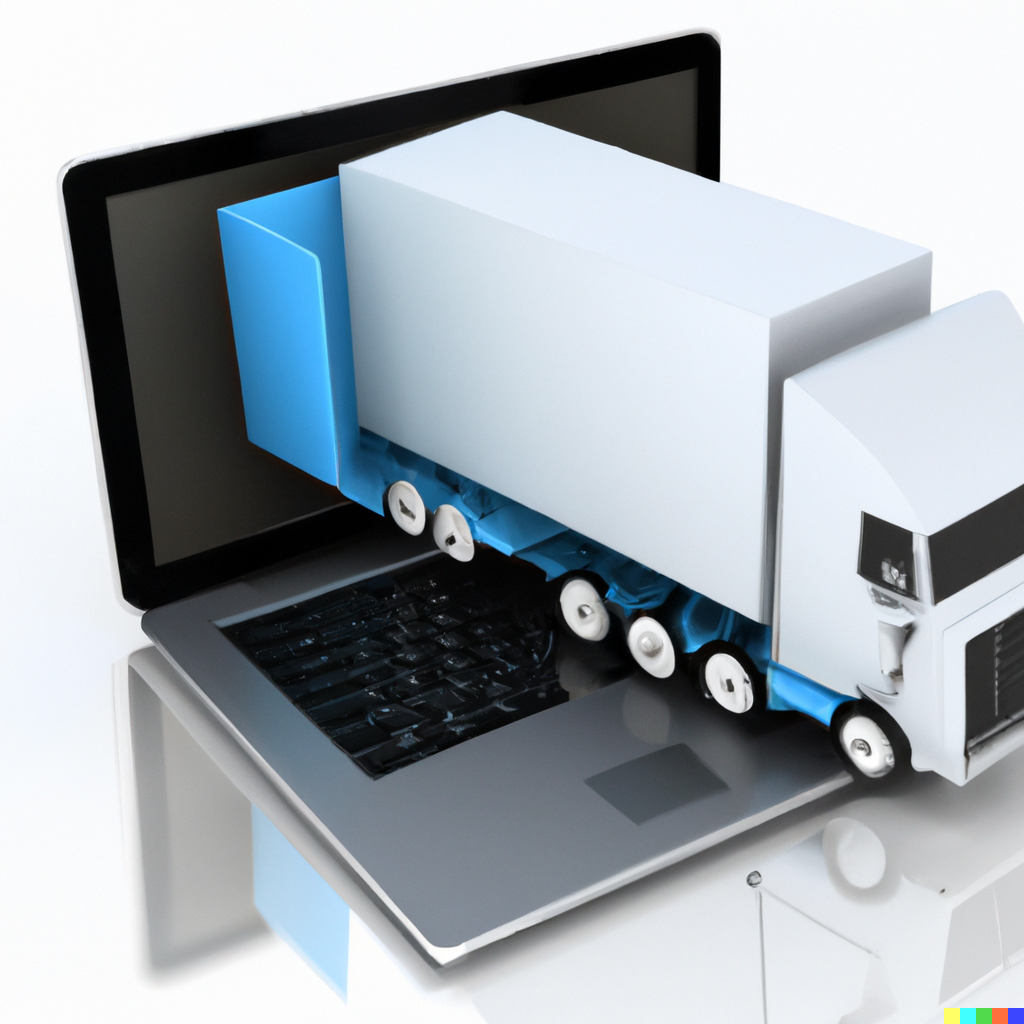September 03 | Transportation Technology TransportTech

Transportation technology is evolving at an unprecedented rate, transforming how we move, live, and interact. From self-driving cars to electric planes, the future of transport promises to revolutionize our daily lives, enhance efficiency, and address environmental challenges. In this blog article, we will explore some of the most exciting advancements in transportation technology, examining their potential impacts and how they might shape the future of travel.
Autonomous vehicles (AVs) are arguably one of the most transformative innovations in transportation technology. These self-driving cars use a combination of sensors, cameras, radar, and artificial intelligence (AI) to navigate roads with little to no human intervention.
Autonomous vehicles have the potential to reduce traffic accidents caused by human error, increase accessibility for those unable to drive, and optimize traffic flow. However, they also pose challenges, including ethical considerations and the need for robust cybersecurity measures.
The shift towards electric and hydrogen-powered vehicles represents a significant move toward reducing greenhouse gas emissions and combating climate change. These technologies offer a cleaner alternative to traditional internal combustion engines.
Electric and hydrogen-powered vehicles can significantly reduce carbon emissions, decrease dependence on fossil fuels, and improve air quality. However, challenges such as the high cost of technology and the need for widespread infrastructure development remain.
The Hyperloop is a proposed high-speed transportation system that aims to transport passengers in low-pressure tubes at speeds exceeding 700 mph. The concept, popularized by Elon Musk and developed by companies like Virgin Hyperloop, promises to revolutionize long-distance travel.
If successful, the Hyperloop could drastically reduce travel times between major cities, stimulate economic growth, and alleviate congestion in existing transportation networks. However, the technology faces hurdles related to cost, safety, and regulatory approval.
Drones and urban air mobility (UAM) represent a new frontier in transportation, offering the potential for efficient, on-demand aerial travel and delivery services.
Drones and UAM could transform logistics, reduce traffic congestion, and offer new modes of personal transportation. However, challenges such as air traffic control, safety regulations, and noise pollution must be addressed.
Smart transportation infrastructure leverages technology to improve the efficiency and safety of transportation systems within cities. This includes intelligent traffic management systems, connected vehicle technology, and data-driven urban planning.
Smart infrastructure can lead to more efficient traffic management, reduced travel times, and enhanced safety. However, the integration of new technologies with existing infrastructure and the management of data privacy are critical considerations.
The future of transportation technology is bright, with innovations poised to transform how we move and interact with the world. From autonomous vehicles and electric transportation to high-speed Hyperloops and urban air mobility, the advancements we see today are setting the stage for a new era of travel. Embracing these technologies will require collaboration between governments, businesses, and consumers to address the challenges and seize the opportunities they present.
As we continue to push the boundaries of what’s possible, one thing is clear: the way we travel is undergoing a profound transformation, promising a future that is more efficient, sustainable, and connected than ever before.
SHARE THIS:
© Copyright 2025Global Tech AwardsAll Rights Reserved